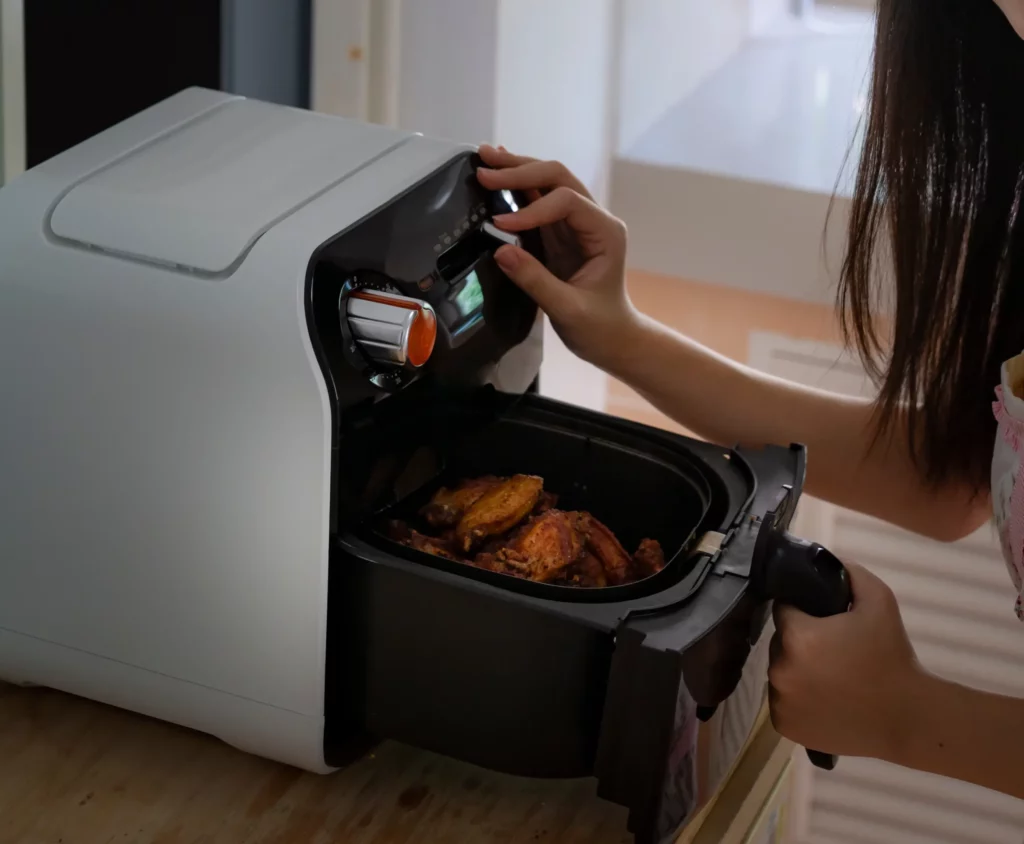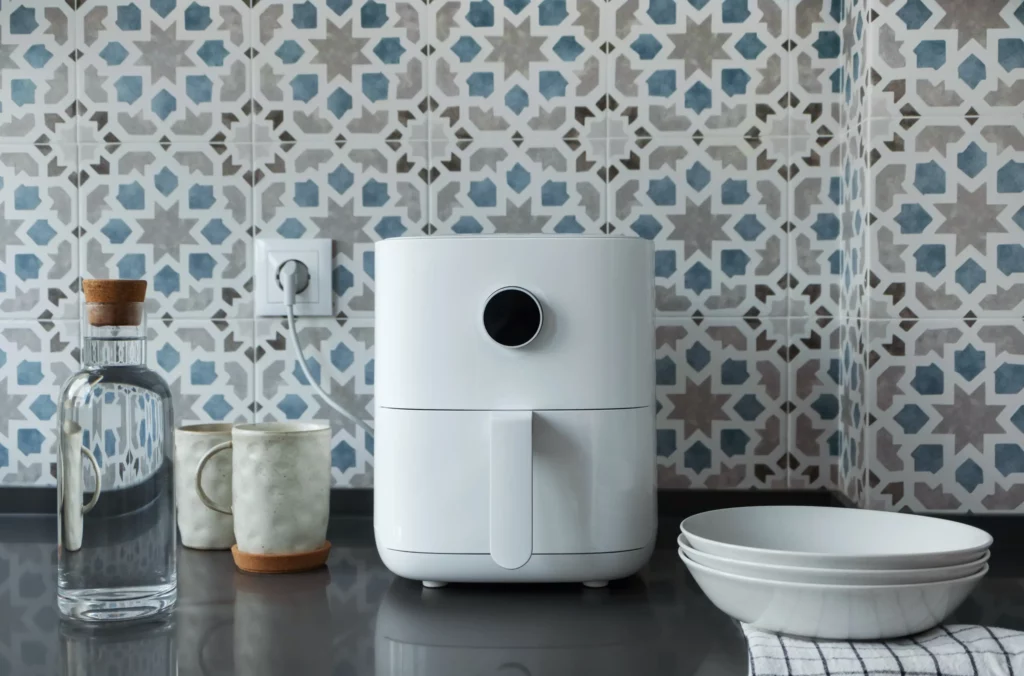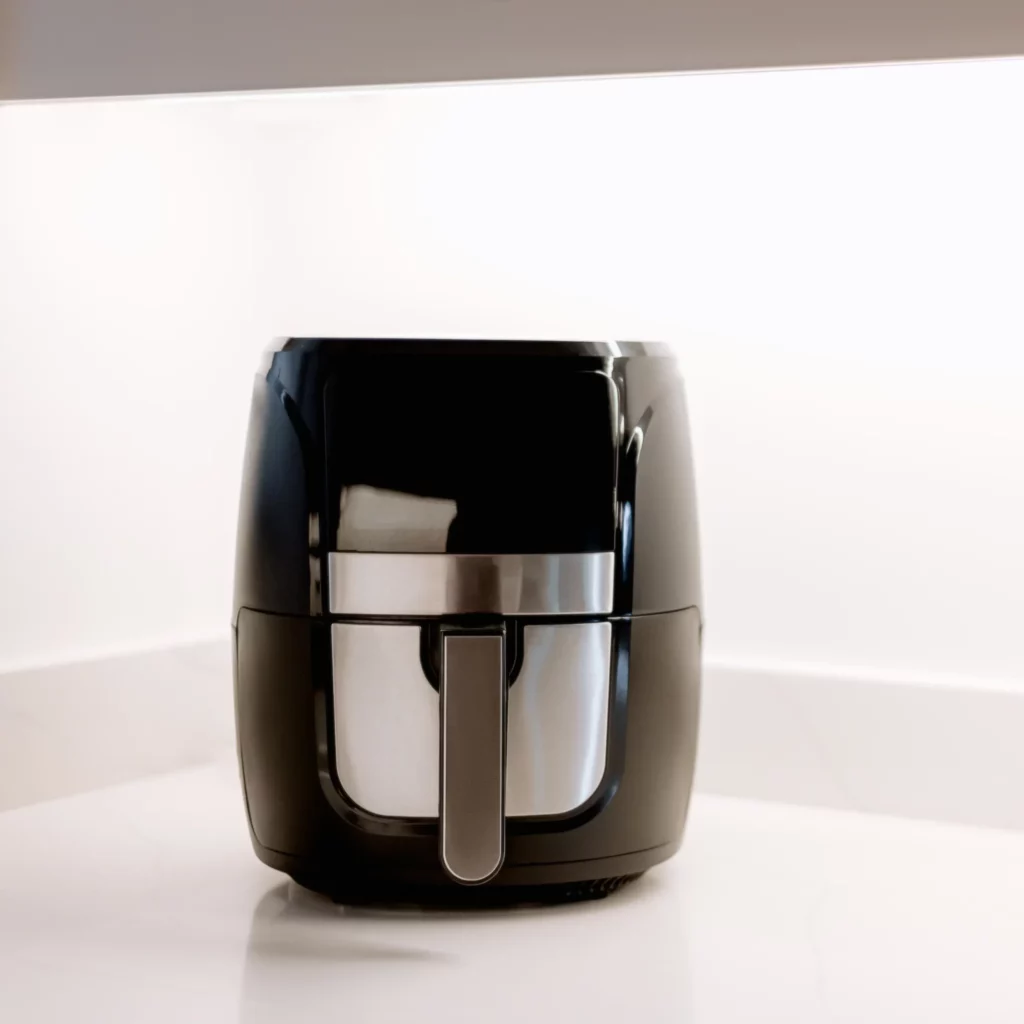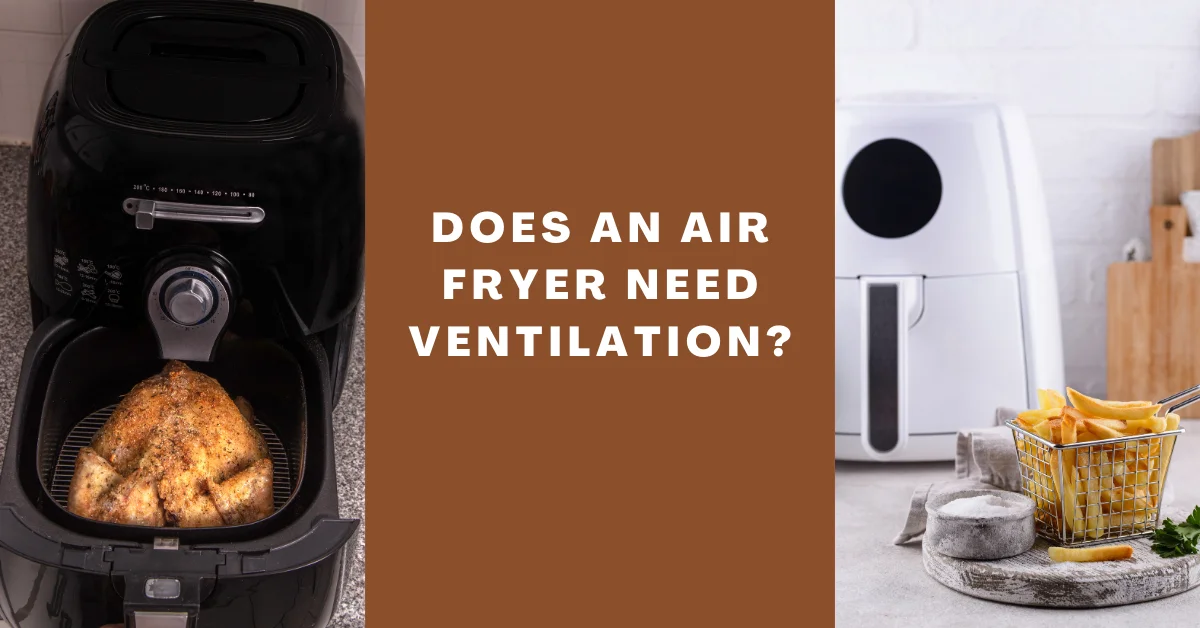Air fryers are fun to use, give you a quick fix to all your impromptu snack cravings, and make your food healthier by using much less oil. Despite being so easy to use, air fryers are complex appliances that, if not used properly, can turn out to be hazardous.
One aspect that may make your air fryer a hazard is if you use it in narrow spaces. It may make your air fryer heat up and malfunction, making you wonder if an air fryer needs ventilation.
Yes, air fryers need ventilation because they produce heat and fumes as they cook. They are kind of like small wall ovens that use fans to circulate heat and prepare food.
Here’s why you need to provide your air fryer with some ventilation
If there isn’t enough ventilation for your air fryer, the heat, and fumes that are generated can cause problems with the cooking process.
Excessive heat may result in the food being overcooked. Moreover, your air fryer might even catch fire. Plus, if inhaled, the air fryer’s fumes can harm your health.

Can I still use an air fryer without adequate ventilation?
As mentioned above, using an air fryer without ventilation is not safe. This is because air fryers work by circulating hot air around the food.
This hot air needs to escape from the air fryer so that the air fryer can continue to function properly. If this hot air doesn’t get the space to escape, it will build up pressure inside the appliance, which may lead it to explode or catch fire.
Does an air fryer come with a fuse or not? Learn with us today.
On the contrary, air fryers can be used without ventilation for shorter periods. However, if your food turns out greasy, it is better to provide ventilation to prevent any fires. Moreover, some air fryers have a built-in automatic shut-off feature where the appliance will automatically shut off after a set amount of time.

The best way to provide ventilation for your air fryer
- Place your air fryer near an open door or window
The best and easiest way to provide ventilation for your air fryer is by placing it near an open window or door.
- Use an air fryer with a built-in exhaust fan
As an alternative, you can purchase an air fryer with a built-in exhaust fan. It will automatically help remove the heat and fumes from the air fryer through the cooking process.
- Place the air fryer near the vent hoods
Additionally, you can place your air fryer near the vent hoods and turn the vent hoods on.
- Don’t put your air fryer in a closed cavity
Don’t use your air fryer in a kitchen cavity, nor put your air fryer too close to the wall.
We know that air fryers use hot air to work but do they also use radiation?
- Allow 10cm space around all sides of the air fryer
You need to allow at least 10 cm or 5 inches of space on all sides of the fryer. Make sure your air fryer sits on a heat-proof surface or use a heat-proof mat if you think your kitchen countertop isn’t stable enough.
Is it alright to put your air fryer on a wooden surface? Learn now!

Final verdict on whether air fryers need ventilation
As the article concludes, yes, your air fryer does need adequate ventilation, or it may pose a fire hazard. Allow at least 10 cm or 5 inches of space around all sides of your appliance, or use it in an open space. This allows enough ventilation and lets fumes from the air fryer escape so that you can cook your food safely.



